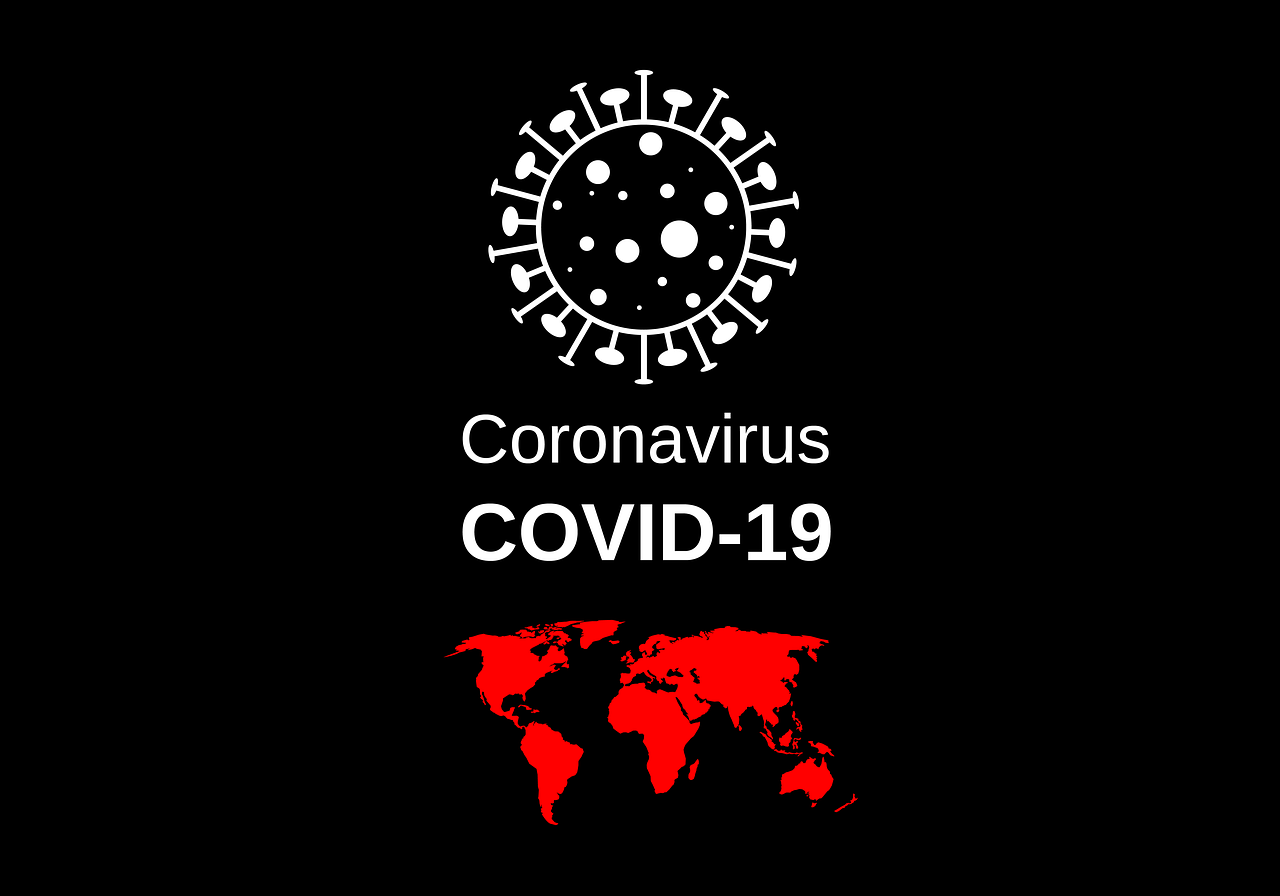As usual there is a lot of false information currently circulating on the internet about the current coronavirus pandemic. A recent example is the information which is purported to have been released by Stanford University which they have strenuously denied and was obviously fake. As for medical and scientific articles, over 900 articles have been published in peer reviewed journals in the last six weeks (since Feb 2000) so the scientists are learning all the time and information given to the public can therefore change daily.
All of a sudden there are numerous so-called experts on the internet, all jumping onto the bandwagon, with information being circulated left, right and centre. Some is accurate, whilst some is fake. So what are we, the public, to believe and where can we go for useful, trusted and accurate advice.
The Centers for Disease Control and Prevention (CDC) is the leading public health institute in the USA. Its main goal is to protect public health and safety through the control and prevention of disease, injury, and disability and they develop and apply disease control and prevention measures. Currently, on their website, it has some very good pages which outline what we can do to protect ourselves, our family, and our home. They contain some very good tips as well as giving advice on general cleaning required in the home, etc, as well as what to use for the greatest effect.
There is also a very good page on how we can manage anxiety and stress, not only in ourselves, but also what we can do as parents. The CDC state: “Children react, in part, on what they see from the adults around them. When parents and caregivers deal with the COVID-19 calmly and confidently, they can provide the best support for their children.” There is also a link to a “share facts” page which can be used when talking to children about the pandemic. However, all children will deal with stress in different ways and the CDC lists some of the common signs to look out for which indicate that a child may be stressed and/or anxious. There is also a link to a further page which describes how we can help children manage any stress and anxiety.
These pages are well worth a read and can be found at the following link:
https://www.cdc.gov/coronavirus/2019-ncov/prepare/index.html

